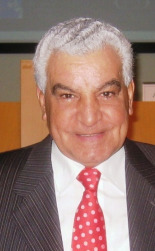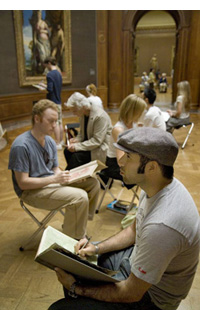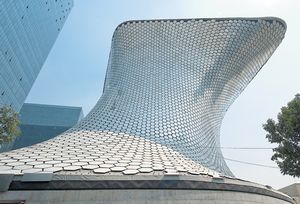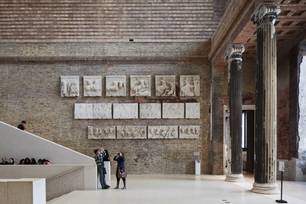Breaking now, with few details: Zahi Hawass, reappointed as Minister of State for Antiquities Affairs by the new Egyptian government, has been sentenced by an Egyptian criminal court to a year in jail, according to Al-Ahram — and he was fired.
 The newspaper’s English website says he was punished for refusing to follow a court order over a land dispute.
The newspaper’s English website says he was punished for refusing to follow a court order over a land dispute.
The Egyptian criminal court also said Hawass must be relieved of his governmental duties and ordered him to pay a LE1000 penalty.
Hawass failed to adhere to a ruling in favour of his opponent over a land dispute when he was in charge of the Supreme Council of Antiquities (SCA).
The SCA appealed the court ruling, arguing that the land includes monuments and therefore should be treated as government-owned land.
On his blog, Hawass denies that he is going to jail. He explains that it’s all a misunderstanding, related to the bookstore contract, which I mentioned here, and ends with:
Tomorrow, the head of the Legal Affairs Department at the Ministry of Antiquities will go to the court to file our appeal. He will present evidence that the bid for the bookstore contract was finished before the original court ruling, so therefore we could not follow the ruling to stop the bidding. We already had completed the bidding! I have every confidence that this matter will be cleared up very soon, so I want to tell everyone not to worry. I respect the laws of my country very highly, and the rulings of our courts. I intend to handle this matter entirely within our legal system. Nothing will cause me to lose focus from my goal of protecting the sites of Egypt.

 But here’s one I can get behind: On May 8, the
But here’s one I can get behind: On May 8, the  Now those comments are starting to come in. And they are bad. I recently spoke with two people who made the trek to Mexico City, and both were negative about both the building and the collection.
Now those comments are starting to come in. And they are bad. I recently spoke with two people who made the trek to Mexico City, and both were negative about both the building and the collection. I am not along in thinking that some of their buildings are overrated
I am not along in thinking that some of their buildings are overrated